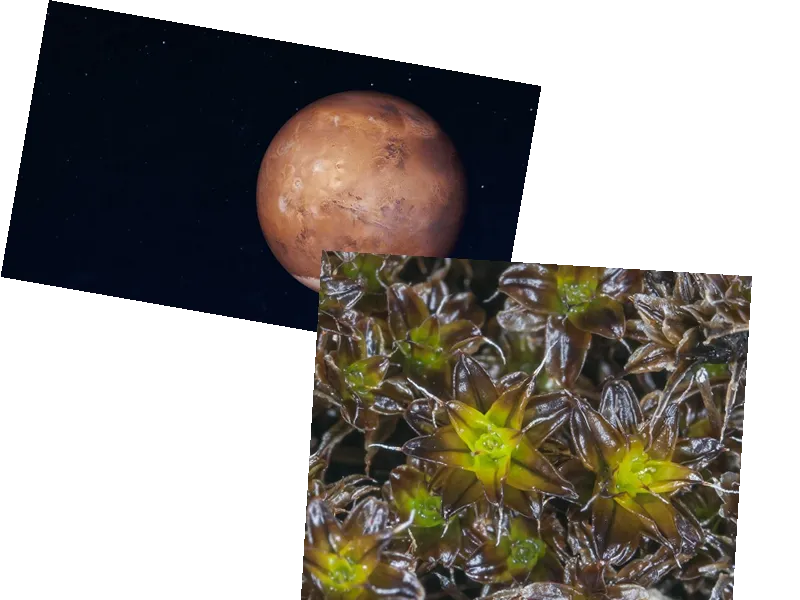Desert Moss Syntrichia Caninervis: A Potential Pioneer for Mars
The hardy desert moss Syntrichia Caninervis has shown remarkable resilience under extreme conditions, making it a promising candidate for Mars colonization. Researchers from the Chinese Academy of Sciences have conducted extensive tests, exposing the moss to temperatures as low as -196 degrees Celsius and high doses of gamma radiation. Impressively, the moss regenerated completely after thawing and even thrived under radiation levels that would be lethal to humans.
Mars-Like Conditions and the Future of Space Colonization
In a simulation of Mars conditions at the Planetary Atmospheres Simulation Facility, the moss was exposed to 95% CO2, temperatures ranging from -60 to +20 degrees Celsius, high UV radiation, and low atmospheric pressure. Within 30 days, the dried moss plants recovered fully. Although Syntrichia Caninervis is not edible, its ability to photosynthesize and produce oxygen could be foundational for creating biologically sustainable human habitats on Mars. The moss could serve as a base for a new food chain, enabling the cultivation of other plant species on Martian soil.
- The study, published in the journal The Innovation, highlights the moss's superior environmental resilience compared to highly stress-tolerant microorganisms and tardigrades. The research team, led by botanist Tingyun Kuang and ecologists Daoyuan Zhang and Yuanming Zhang, focused on Syntrichia Caninervis due to its extraordinary capabilities in extreme desert environments.
- The moss was stored at -80 degrees Celsius for three to five years and at -196 degrees Celsius for 15 to 30 days. After thawing, the plants regenerated completely, with dehydrated plants recovering faster. The moss also demonstrated the ability to survive gamma radiation doses up to 500 Gy, which promoted its growth, while doses over 8000 Gy caused serious damage.
- The research team emphasizes that Syntrichia Caninervis could be a pioneering plant for extraterrestrial colonization, laying the groundwork for biologically sustainable human habitats beyond Earth. This could make Mars fertile and enable the cultivation of other plant species, potentially forming the basis for a new food chain on the Red Planet.






